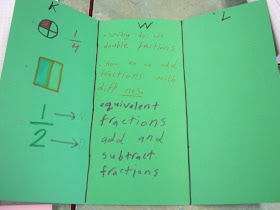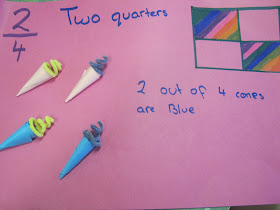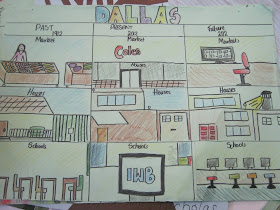Tonight I helped my student teacher put together her portfolio for her first teaching interview. *exciting* As I went through all her work samples and pedagogy material, I began to think about my own experiences in teaching. I pulled out my own teaching portfolio and the reminiscing began of the different lessons and activities I have used and the, oh so many, students I've taught and wonderful teachers I've had the privilege of working with in only my short three years of teaching.
One thing really stood out to me tonight . . . THE IMPORTANCE OF A STRONG TEAM. Teaching is about working together for the benefit of the students and I have been so fortunate to have been part of absolutely amazing teams full of passionate and enthusiastic educators.
In my first year of teaching, I was a part of the Canadian and World Studies department (known in Australia as Humanities). As this was my first "real" teaching job, I could not have asked to have worked with a better team. My team leader/department head is an amazing teacher (side note . . . she has won a Premier's Award for Excellence in Teaching) and a huge inspiration. And I could not have done it without the help of my co-workers that taught the same program as me (I like to call them my "unofficial mentors"). They helped guide me and provided constant support. When I look back now and the work we created, I am amazed with how wonderfully we all worked together and the fantastic program and course that we ran. We shared a common passion for the course and learning, and looking back now, that passion is so clearly evident in the activities and lessons we ran.
Then, I decided to move to Australia, and the learning curve began all over again. Once again, I believe that I wouldn't have survived my first year teaching in Australia without the support of my team. The genuine willingness to help each other out and work for the communal benefit of the team is something I will always take with me. I was thrown into a new curriculum, in a new country, a primary school (not a high school, in which I used to work) and also in an area with a very different socio-economic profile compared to where I taught in Canada. Was I in over my head??? Most definitely, but through perseverance I did not sink, I swam. I swam because of the support of my co-workers, the help with report writing, the explanation of a new curriculum (VELS), the sharing of resources, the time put into showing me how to run guided reading sessions, and so much more, including lollies and baked goods at meeting (and for those who understand this joke, melted cheese with jam).
So where am I going with all of this? THANK YOU . . .Thank you to all of the amazing educators and co-workers I have been so fortunate to have worked with. Your passion for the job is infectious (as you can tell with this blog) and I truly, truly appreciate every person that I have encountered through my teaching journey so far.
For those in Australia, I hope you all have a wonderful second week of holidays, and for those in Canada, I hope you have had a wonderful first month of the 2012-2013 teaching year.


















































